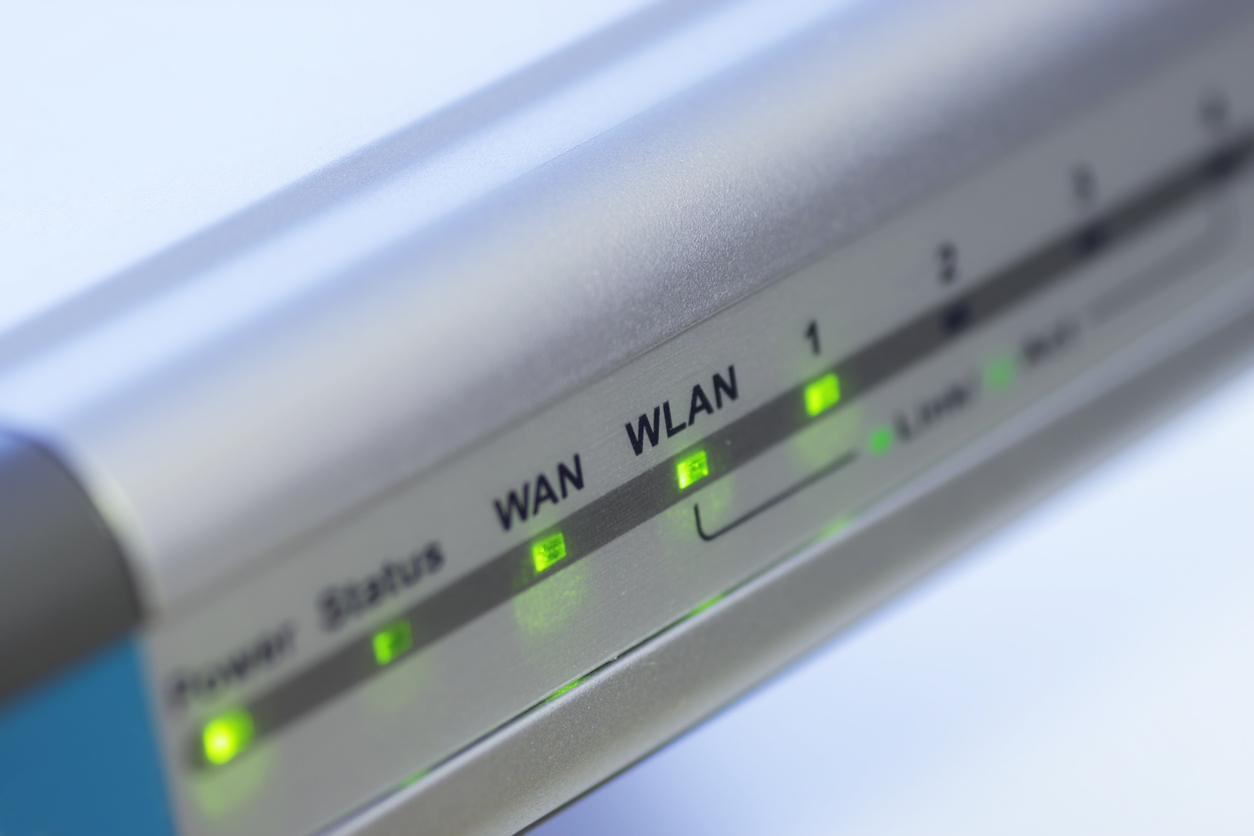
Blog
There are two major deployment models for a WLAN—and one more, when it’s a mix. What’s the difference?
Key takeaways:
- Coverage deployment is best for large areas with a lower density of users and devices
- Capacity deployment should be used when you’re dealing with high-density areas
- You may need a mix of both
High-performance Wi-Fi is a requirement for most organizations today. IT engineers and leaders need to ensure that they’re optimizing the WLAN based on the specific needs of their users, and this requires understanding the aspects of different environments.
Whether an organization is large and spread out with few users in a physical area, or has a lot of pockets of high-density usage can determine WLAN design. There are generally two significant approaches to deployment: coverage and capacity. Sometimes an organization may even need to depend on both of these models.
What's the difference, and which is best for your setup? Here are some essentials on coverage and capacity deployment strategies.
What is coverage deployment?
Coverage considerations are, of course, crucial to the efficacy of a wireless network. Planning out where to place access points and assessing physical elements in the environment help ensure coverage for the entire space.
A coverage deployment model is concerned with delivering quality Wi-Fi to as much of an area as possible using multiple access points to expand reach. Coverage deployments need to consider the types of physical materials used in construction, any obstacles in the building, the number of floors that need Wi-Fi, and any areas that don’t really need coverage.
Coverage deployments are generally best for large areas with fairly low density, such as:
- Hotels, particularly common areas
- Outdoor spaces
- Warehouses
- Some offices
Again, the coverage deployment can be sufficient if an organization is large but not that dense in most network areas. For optimal coverage, engineers and managers also need to carefully consider the power settings on access points and antennae placement, in addition to the physical environment.
What is capacity deployment?
Capacity, on the other hand, has to do with the density needed to account for and the performance required. To put it generally: it’s less concerned with covering a wide area and more focused on providing concentrated Wi-Fi in a specific space where users need stronger service.
High-density areas have different needs than more spread-out, low-density organizations. They require a greater focus on how many devices will need to be supported, the type of applications being used, the number of users who will be active at a given time, the number of expected users in the area, and other considerations.
The capacity design is thus best for environments like:
- College lecture halls and auditoriums
- Hospitals
- Various classrooms
- Libraries
- Conference rooms
- Sports stadiums
- Concert venues
- Airports
Designing with capacity as a priority has become much more important to today's enterprises and large establishments since there are many more devices using Wi-Fi. People are also doing more complex tasks on the internet, like using VoIP for meetings or streaming videos.
When do you need both coverage and capacity?
Some circumstances require a mix of both coverage and capacity. For example, you might deploy a coverage approach for less dense office spaces and capacity for conference or meeting spaces within the office where many people will gather at certain times with many connected devices.
The important point to remember is that if you're dealing with spaces in your organizations where many users gather and demand throughput simultaneously, you need to consider capacity for these high-density areas. When there are more than 25 actives users, for example, a space may need to go beyond a coverage approach.
A few best practices when designing a WLAN for high-density areas include:
- Understand the types of devices that may be used in the space and assess how they will be used, with an eye on performance-intensive applications.
- Ensure there is enough bandwidth on the network that supports higher density areas and higher throughput access points.
- Deploy access points so that their coverage overlaps to prevent overload.
- Design for the 5 GHz band first, and consider disabling 2.4 GHz entirely. The limited spectrum in that band cannot meet most high-density design requirements for performance.
- Always design with future needs and growth in mind.
Increasing visibility with 7SIGNAL
Well-considered wireless network design is only half the battle. Continuous monitoring keeps Wi-Fi running smoothly in coverage, capacity, and hybrid models. Wireless network monitoring from 7SIGNAL helps you deliver the best Wi-Fi connections by increasing visibility, enhancing the digital experience for users, and giving you the right insights to keep improving.
7SIGNAL® is the leader in wireless experience monitoring, providing insight into wireless networks and control over Wi-Fi performance so businesses and organizations can thrive. Our cloud-based wireless network monitoring platform continually tests and measures Wi-Fi performance at the edges of the network, enabling fast solutions to digital experience issues and stronger connections for mission-critical users, devices, and applications. Learn more at www.7signal.com.